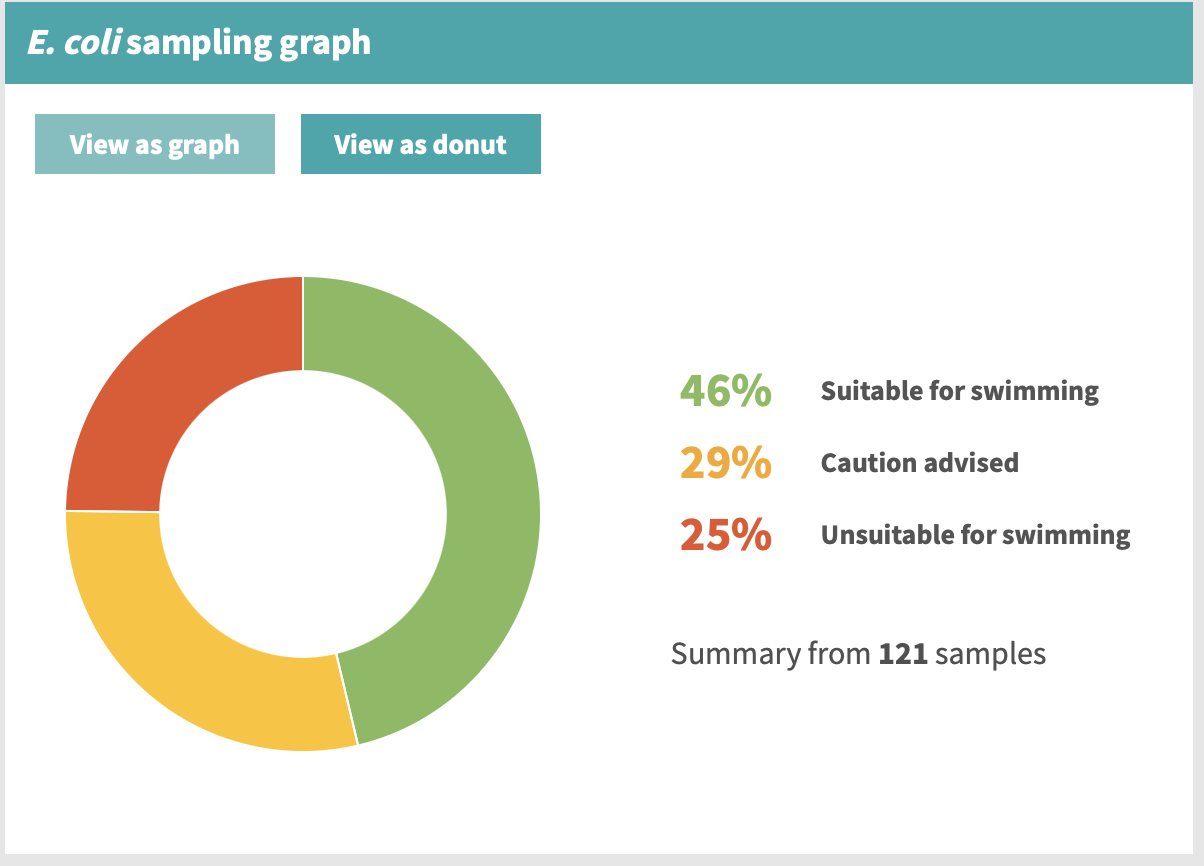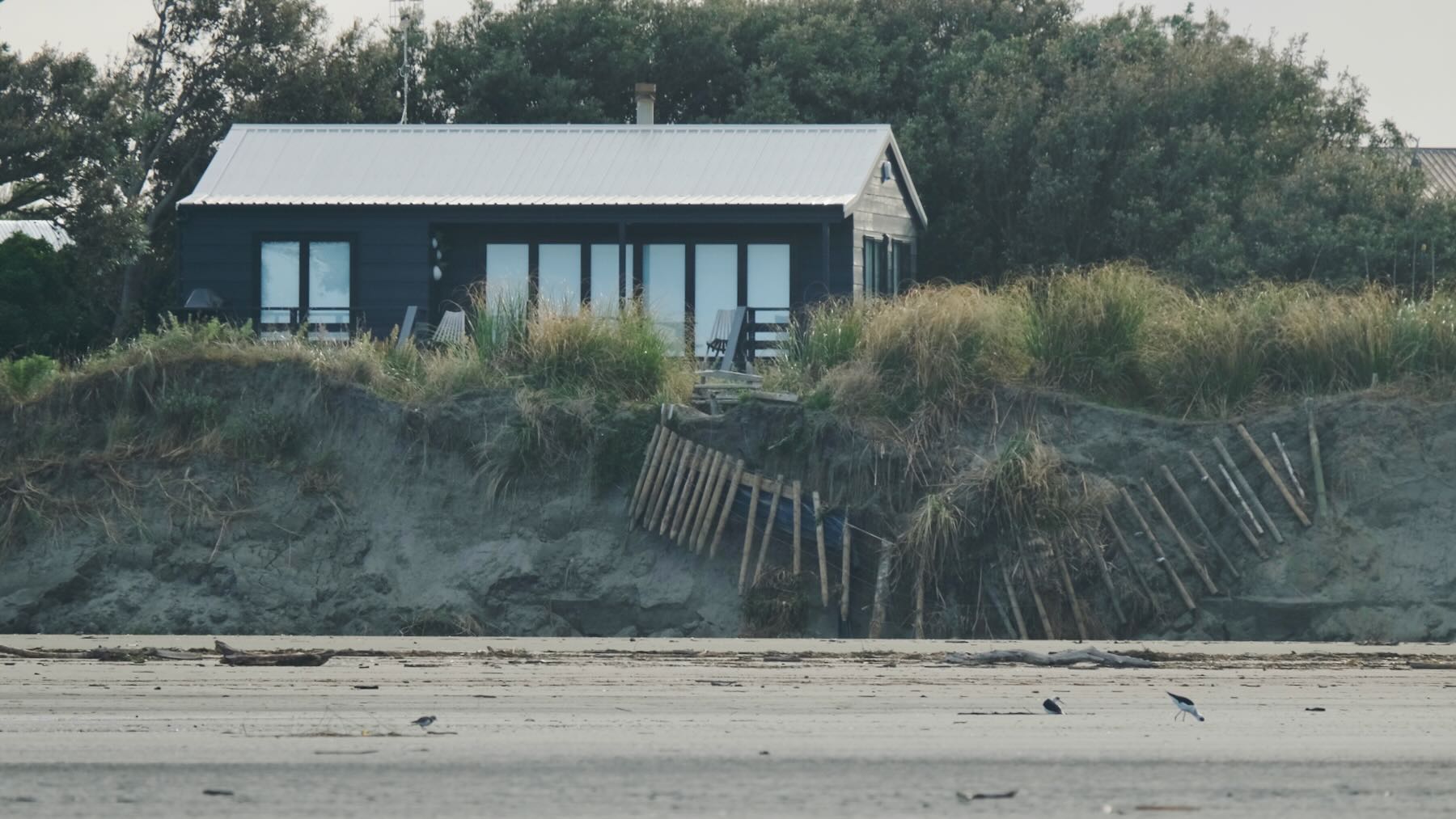
It was February 2018 when ex-Tropical Cyclone Gita hit Waikawa Beach and caused massive erosion. For the coming season, the risk for an ex-tropical cyclone affecting New Zealand is considered near normal to elevated. A 2-metre drop where vehicles used to drive onto the beach. Each year we could potentially get another storm like that. This is the kind of…
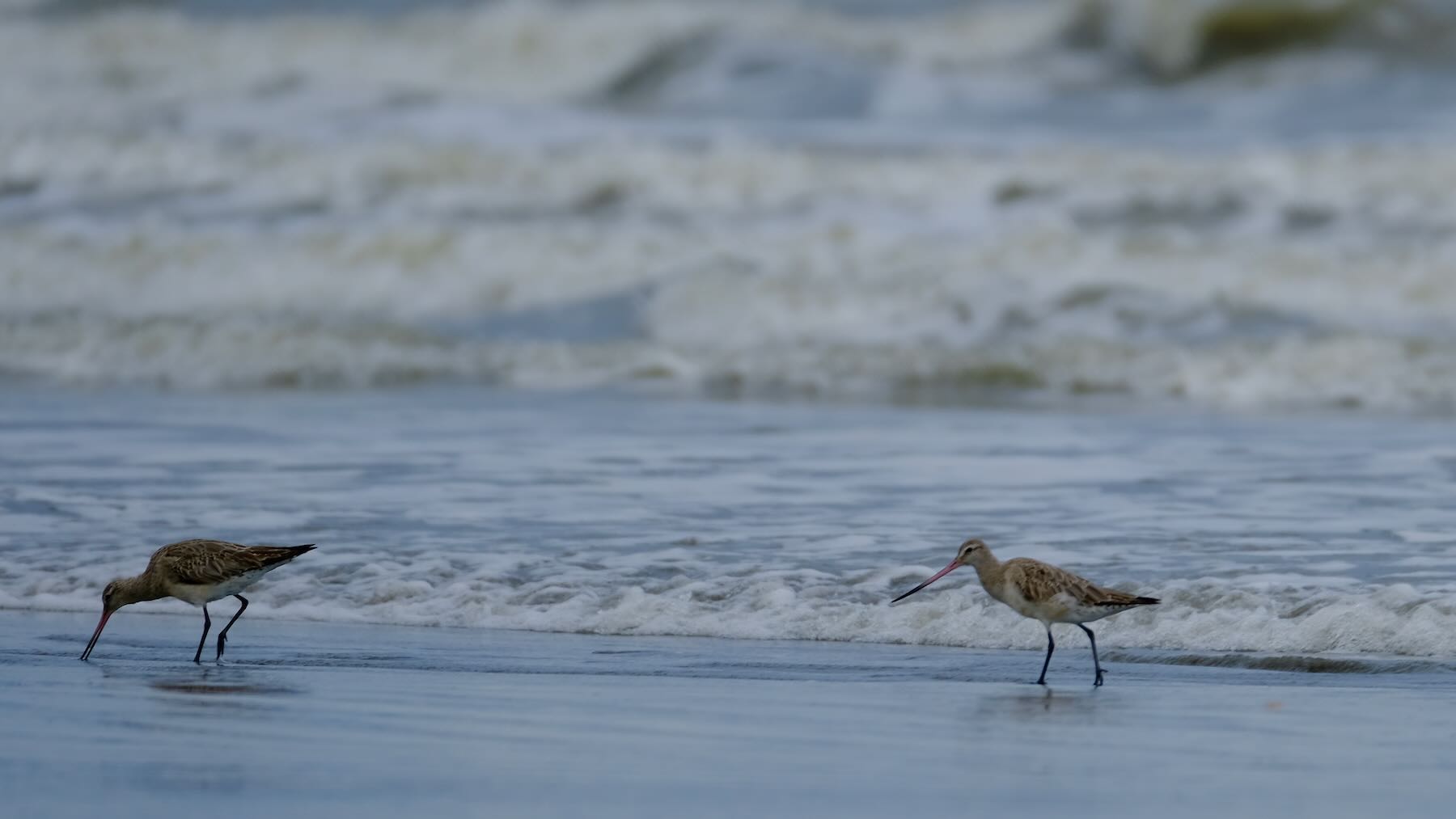
Excited to see on my beach walk this morning that the first Kuaka (Godwits) have returned from their sojourn in the Arctic.
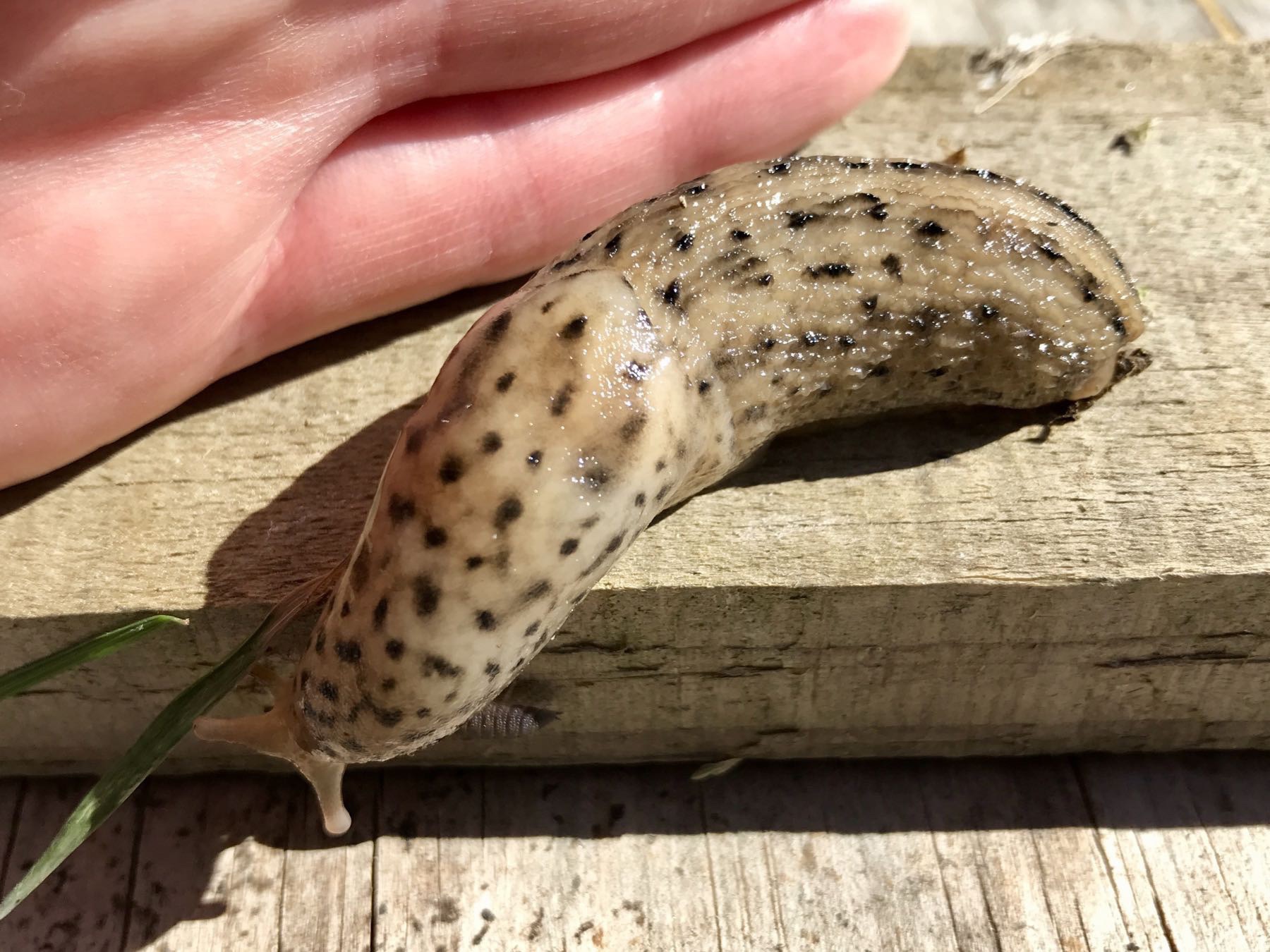
When I moved a plank by the quail run one day I found this huge (~9cm) slug. It’s apparently a Limax maximus, or tiger slug: Limax maximus is the largest slug introduced to New Zealand from Europe. … one of the largest kinds of keeled air-breathing land slug in the world
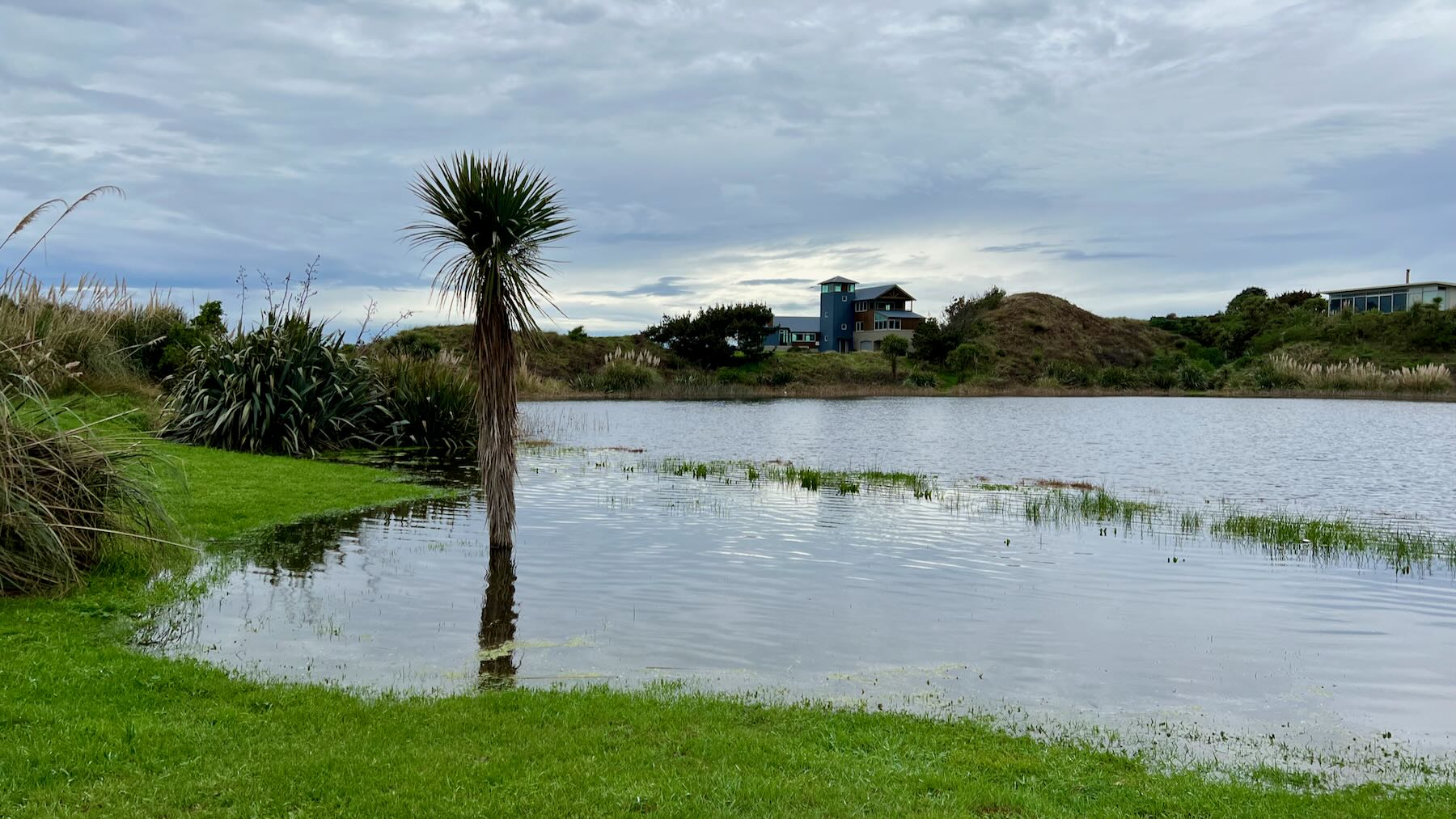
Sea-level rise around Aotearoa New Zealand is speeding up, according to Stats NZ. That brings increased risks of flooding and erosion, drainage problems, groundwater levels increase, and possible intrusion of salt water into the underground aquifers. According to Coastal sea-level rise | Stats NZ: Wellington’s mean sea-levels rose by 2.84 (±0.18) mm per year between 1961 and 2020. This is…
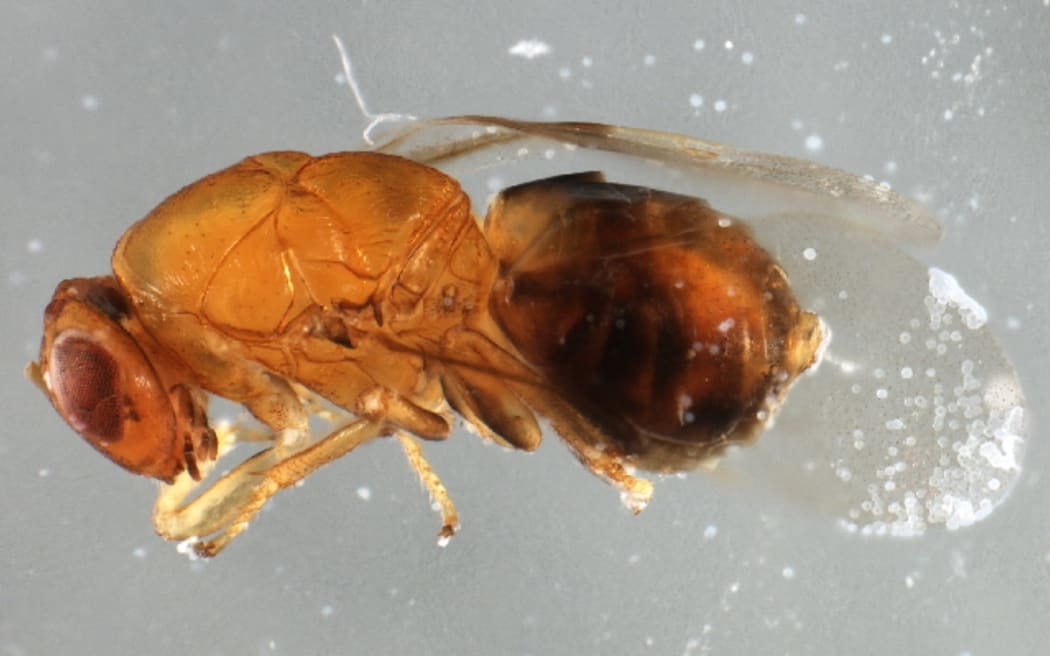
Apparently Waikawa Beach lies at the southern end of the range of the Sydney golden wattle — an acacia that can take over dunes, crowding out other plants, leads to sand blowouts and releases allergens that affect hayfever sufferers. It also creates substantial fire risks. That’s why Horizons Regional Council has applied to import and release a bud-galling wasp to…
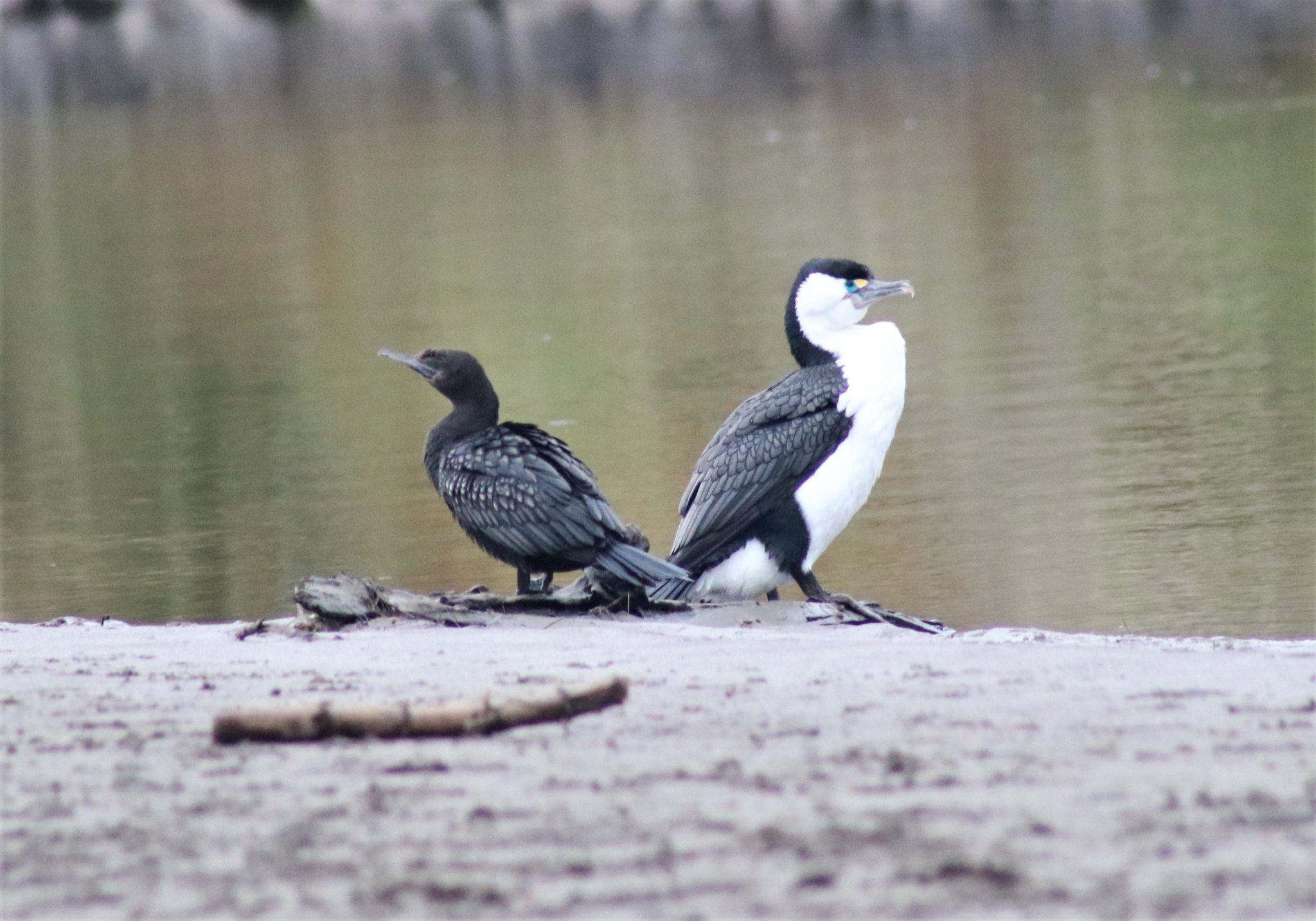
In August 2022 Marion Cherry posted a photo on Facebook that showed clearly the size difference between a Little black shag | Kawau tūī and a Pied shag | Kāruhiruhi. The Little Black Shag’s size is: ‘Length: 61 cm; Weight: 800 grams’, while the Pied Shag comes in at: ‘Length: 65 - 85 cm; Weight: 1.3 - 2.1 kg’. Little…
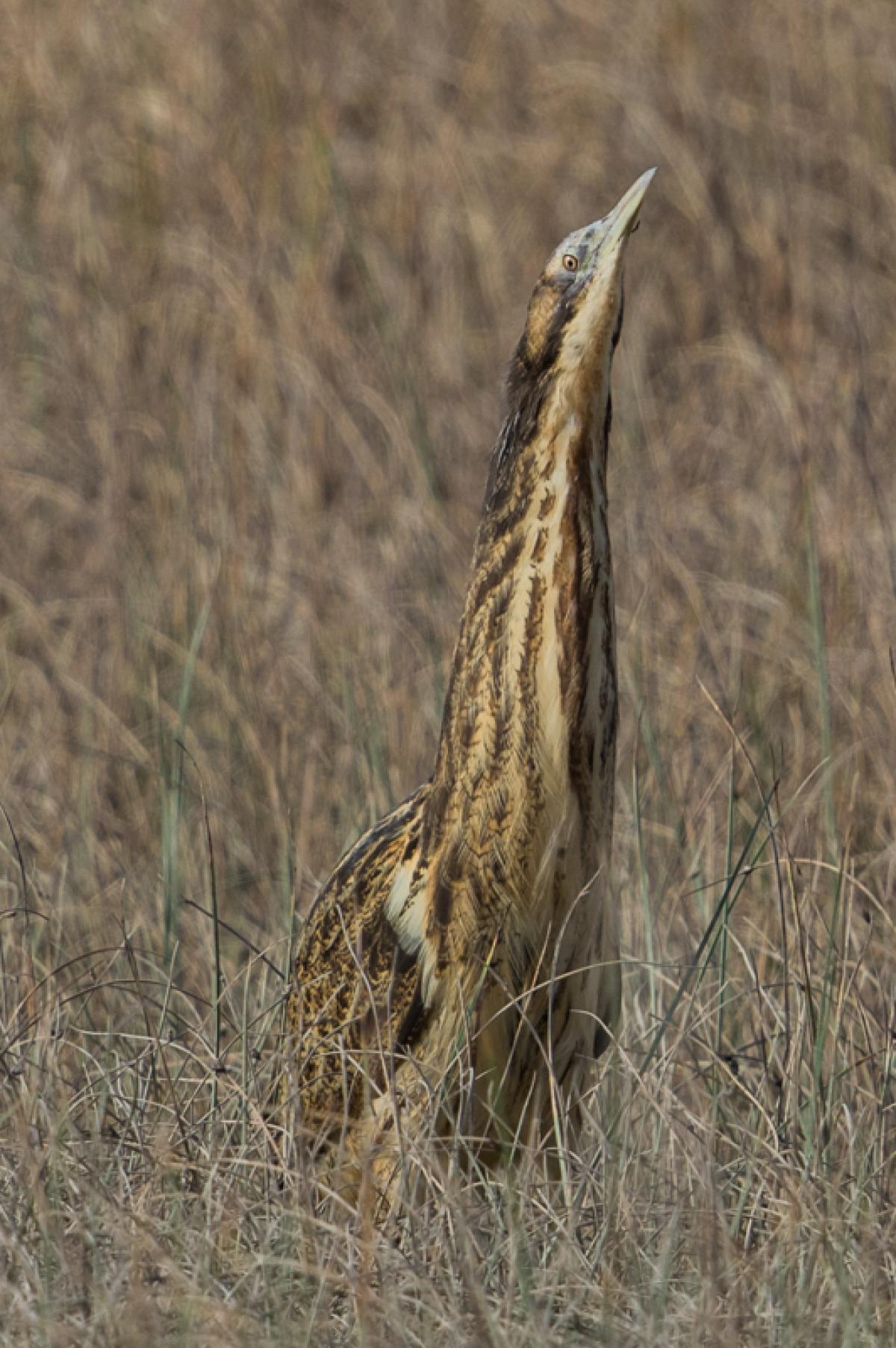
A local resident told me recently she’d spotted a Bittern on one Strathnaver wetland, one of 3 areas in Strathnaver where the very rare Bitterns are known to breed locally. Bittern breeding season falls between August and May. They lay between 3 and 6 eggs sometime between August and December. The eggs hatch after about 25 days and then fledging…
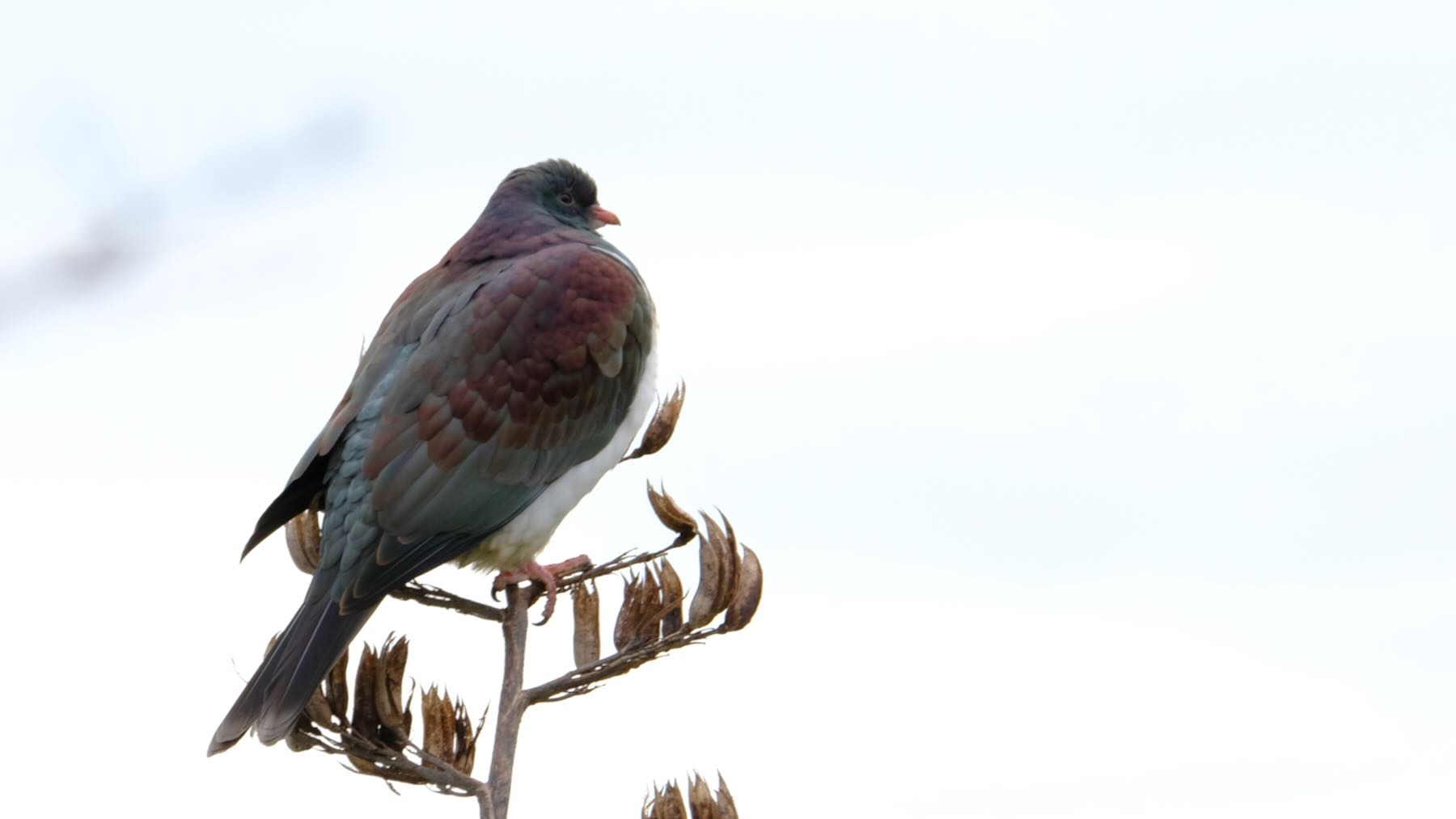
First time ever I’ve seen a Kererū at Waikawa Beach. They do live in Manakau 4 Km away (as the bird flies) but have never been down here before as far as I know. Length: 50 cm; Weight: 630 g
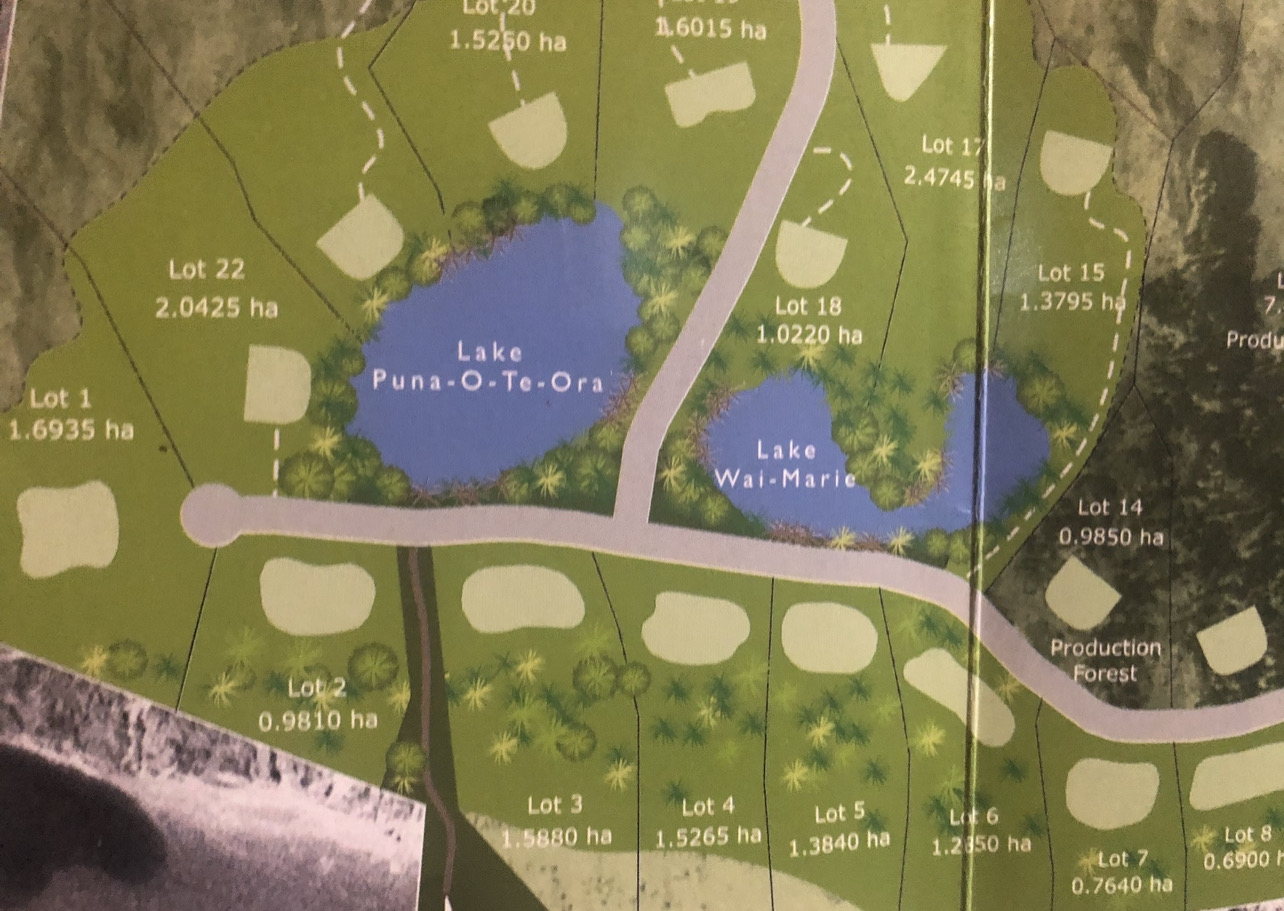
Most people know there are two small lakes at the corner of Strathnaver Drive and Reay Mackay Grove. The lakes are a haven for birdlife (and anyone who wants a quiet few moments for reflection) and attract a rich diversity of frogs, insects and many birds, including some that regularly take refuge from a busy beach. Birds regularly include white-faced…
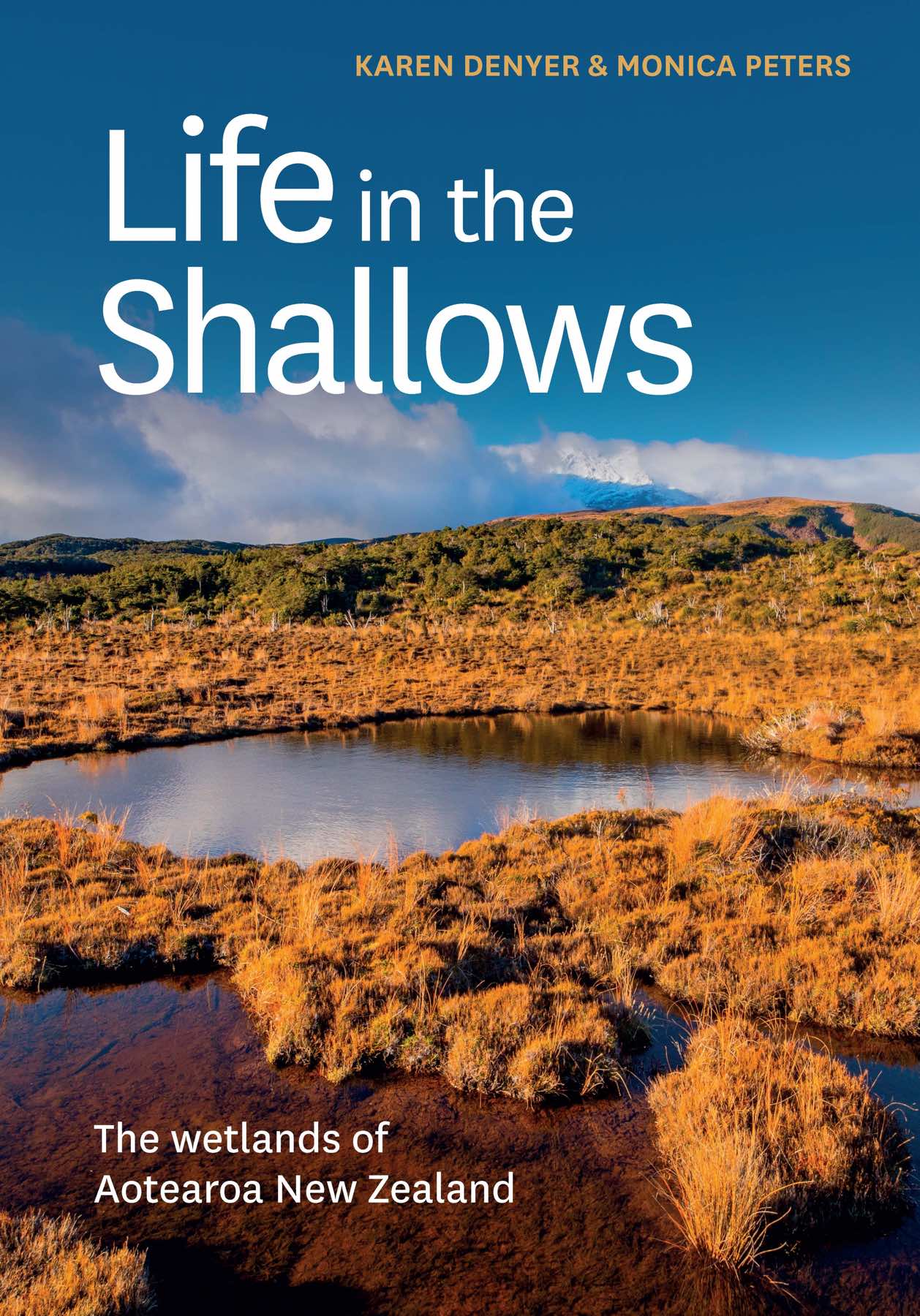
I recently became aware of a new publication — Life in the Shallows The wetlands of Aotearoa New Zealand by Karen Denyer and Monica Peters: Featuring wetlands to visit all around the country, descriptions of the rich bird, insect and plant life that can be found there, and some of the innovative ways we can protect and restore them, Life…











